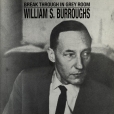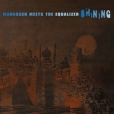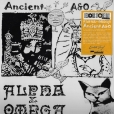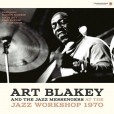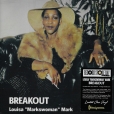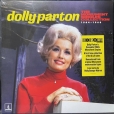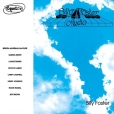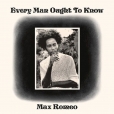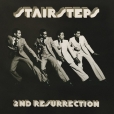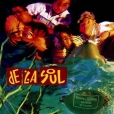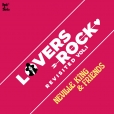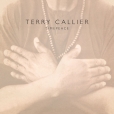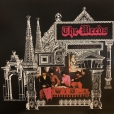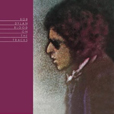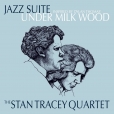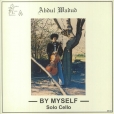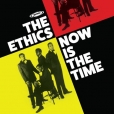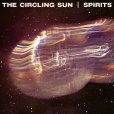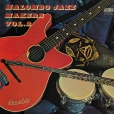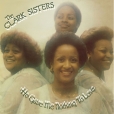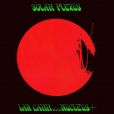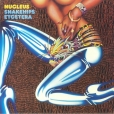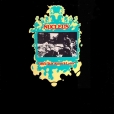Your basket is empty

A judicious compilation of cornerstone, pioneering UK Lovers: One Blood, Simplicity, Karen Dixon…
Paradigmatic late-sixties, early-seventies Philly soul, recorded at Sigma Sound, with Thom Bell, Norman Harris, Earl Young, and full crew. Neglected but wonderful stuff.
Fresh homage to Pharoah, Alice, Ra, and co, from an all-star Kiwi line-up.
‘Each instrument seems to be in orbit around the concept of symbiotic synergy, and everyone is given equal space to shine: from a psychedelic Korg, to a delirious saxophone or the gentle ripples of a harp. There’s a huge array of keyboards, with a standout acoustic piano solo by Guy Harrison on Plume. The wind section delivers ecstatic saxophone riffs, futtering flutes and solid horn choruses throughout. Percussion, vibraphone and acoustic bass lay the foundations. A full choir performs arrangements by Matt Hunter.’
Recorded a year after the debut, continuing the earthy flow of Malombo’s music. The two albums have since been recognised as unique landmarks of South African jazz. Alongside full original artwork, both albums feature a new interview with Julian Bahula.
The Clarks’ fourth, pivotal album for Westbound’s Sound Of Gospel label, from 1979, hustling them firmly towards the dancefloor. Traditional soul-based gospel like My Cup Runneth Over alongside disco-influenced gems like My Life Is Complete With Jesus and ‘Everything Is Gonna Be Alright.
